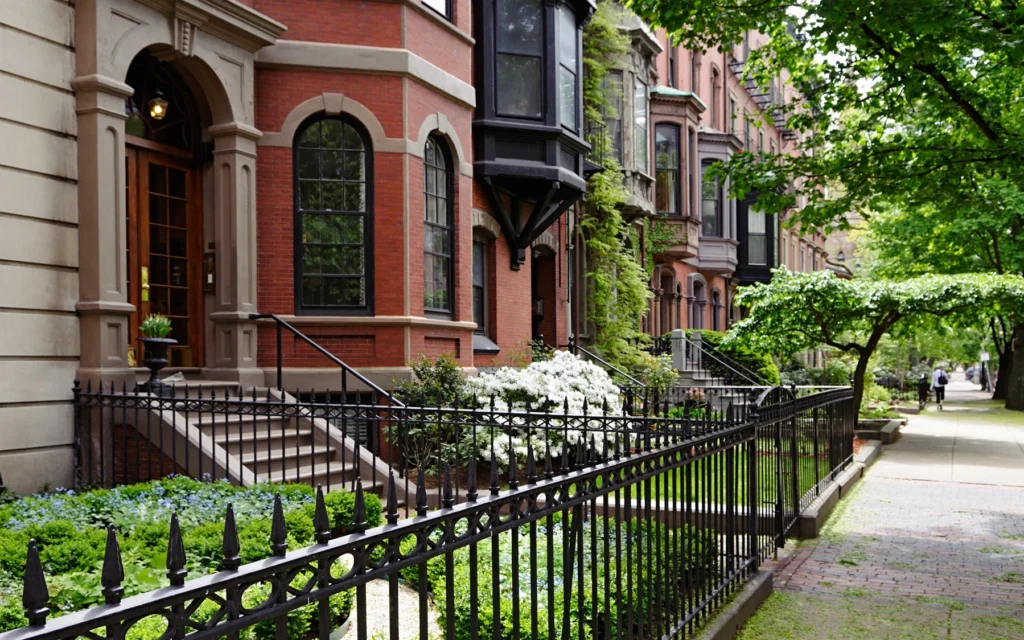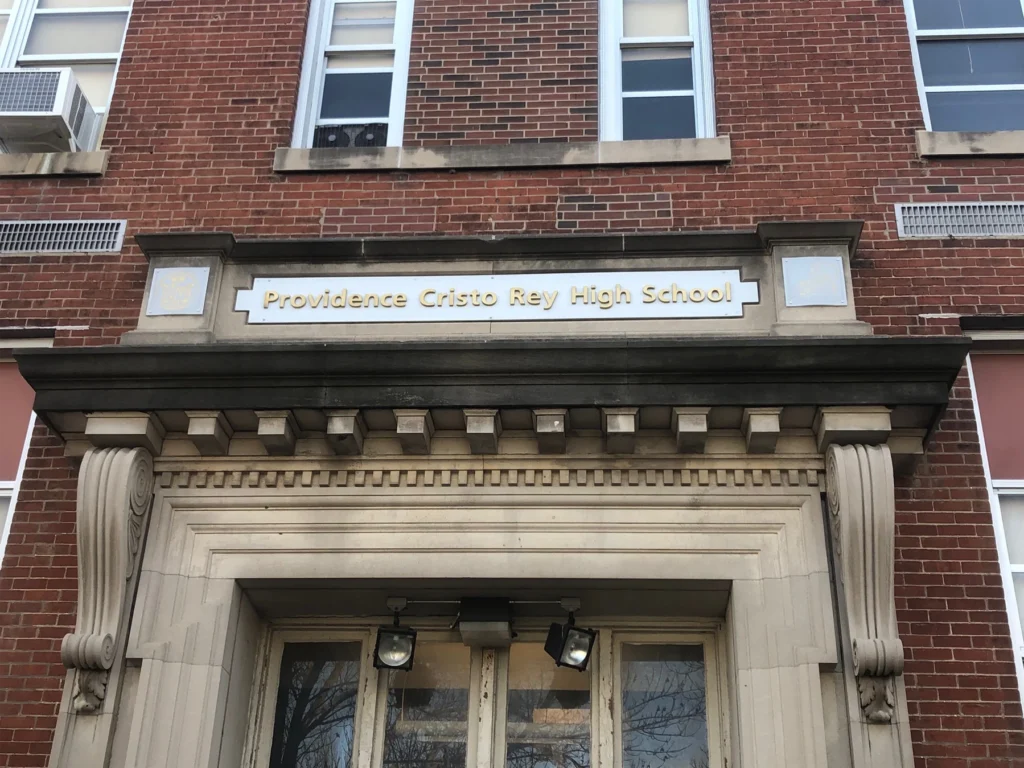Although national homeownership increased for the first time in 13 years, investors are still expecting inflated demand for apartment living due to a shift in demographic trends boosting the multifamily housing market.
Many would assume millennials are driving the preference for renting – and while there are generational differences in who is buying versus renting – members of every generation are looking at renting as a lifestyle choice due to its inherent flexibility.
The long-term outlook for multifamily construction is positive, showing that the preferences of aging baby boomers and millennials alike are causing an associated shift in demand from single-family to multifamily housing living options. By the end of the decade, multifamily construction is expected to peak nearly two-thirds higher than its highest annual level during the 1990s and 2000s.
For both ends of the age spectrum, the demand for flexibility, amenities and a close connection to the city are driving a real estate race among developers for the next generation apartment living.
Selling – or never buying – the white picket fence
Baby boomers’ housing preferences are disrupting multifamily, as this generation is selling their big suburban homes and instead turning key on maintenance-free living, according to CNBC reporting.
The American population over age 65 will increase to 21 percent from 13.7 percent by 2050 and are the fast-growing group of renters, especially in the senior and healthcare living spaces. Developers should recognize the key influence of this generation on multifamily housing trends, compared to millennials who prefer renting for a variety of reasons, including personal preference and economic disadvantage.
The homeownership rate for millennials, the largest generation in U.S. history, is lower than that of their parents and grandparents due to high levels of student loan debt. In fact, for every 10 percent in student loan debt a person holds, their chance of home ownership drops 1 to 2 percent during their first five years after school, according a study by the Federal Reserve.
These factors compound and should matter to developers, as every one percent drop in the home ownership rate creates a need for one million new rental units.
Upgrading with amenities
According to reporting by the Chicago Tribune, baby boomers are opting to sell their sprawling suburban homes when they become empty nesters and live in rental buildings with full amenities to avoid tasks like lawn mowing, shoveling, mortgages and property taxes.
The latest data in the “amenities war” shows a demand for health and wellness amenities (including anything serving seniors) and the latest in smart home technology (a feature often wanted by young renters), according to the 2017 Multifamily Design+Construction Amenities Study.
Popular examples of this new class of amenities include dog walking trails, art parks, outdoor fitness areas, coworking spaces, free building-wide WiFi and a community fitness, pilates and yoga studio.
Connecting to the city
“Live, work, play” has become a mantra for urban living and multifamily development. Renters at both ends of the age spectrum are being compelled to select the lifestyle- and leisure-oriented amenities available in cities. For baby boomers, connected cities with a variety of amenities also satisfy a desire for sociability, whether they’ve lost a spouse, just have an empty nest or have family living far away.
Increasingly, millennials are highly educated workers with college degrees who work in computer science, information technology, media, finance, design, healthcare and a host of other industries who spend more of their lives without children due to delayed marriage. Those same young people tend to disproportionately locate and rent in central cities that have cosmopolitan, urban amenities.
For seniors and young people alike, access to multiple forms of transit is another in-demand amenity often exclusively available in connected cities. Providing tenants and condo owners with the means to achieve greater mobility, such as bicycle storage and mass transit access, should be a top priority for developers in urban areas, according to the same Multifamily Design+Construction Amenities Study.
The changing face of the American population, due in part to the preferences and generational differences between millennials and baby boomers, is driving a new class of multifamily housing. Are you ready to finance a project in this new multifamily landscape? Contact a Merchants Capital originator at originations@merchantscapital.com today.



